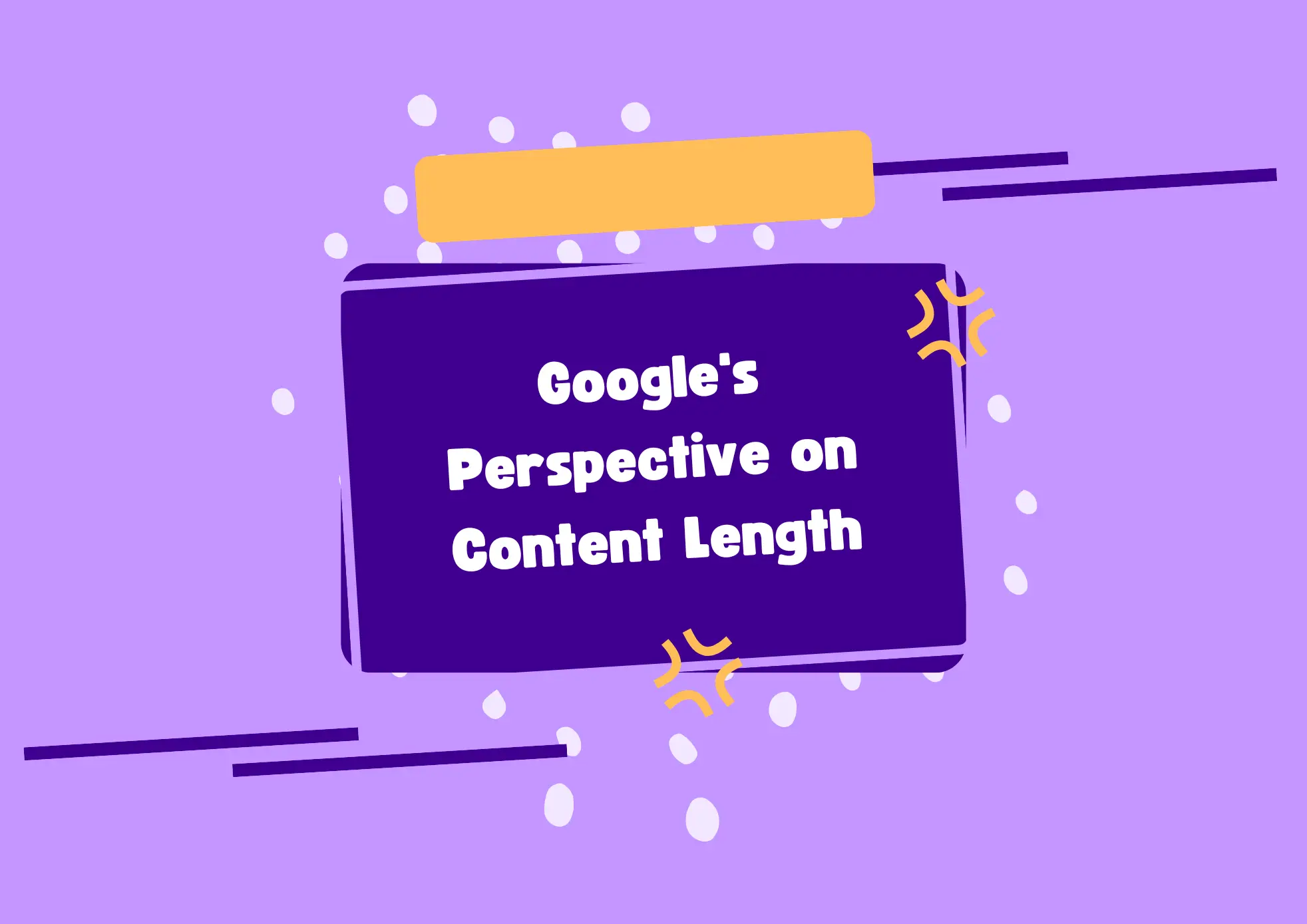Google emphasizes that there’s no universally ideal content length. Instead, the focus should be on providing unique value to users. The SEO Starter Guide states:
“There are no secrets here that’ll automatically rank your site first in Google (sorry!). In fact some of the suggestions might not even apply to your business, but following the best practices will hopefully make it easier for search engines (not just Google) to crawl, index, and understand your content.”
This underscores the importance of quality over quantity. Instead of fixating on word count, content creators should aim to provide unique, valuable information that addresses users’ needs.
Creating Helpful, Reliable, People-First Content
Google’s ranking systems are designed to present helpful, reliable information that’s primarily created to benefit people, not to gain search engine rankings. The Creating Helpful, Reliable, People-First Content guide advises:
“Google’s automated ranking systems are designed to present helpful, reliable information that’s primarily created to benefit people, not to gain search engine rankings, in the top Search results.”
This means that content should be crafted with the user’s needs in mind, providing original information, demonstrating expertise, and offering a great page experience.
Meta Descriptions and Titles
While the main content doesn’t have strict length requirements, meta descriptions and titles have recommended practices to ensure optimal display in search results:
- Meta Descriptions: There’s no fixed limit, but it’s advisable to keep them concise to prevent truncation. The How to Write Meta Descriptions guide notes: “There’s no limit on how long a meta description can be, but the snippet is truncated in Google Search results as needed, typically to fit the device width.”
- Meta Titles: Similarly, while there’s no exact character limit, keeping titles concise and relevant is crucial. The Influencing Title Links in Google Search documentation advises: “While there’s no limit on how long a
<title>element can be, the title link is truncated in Google Search results as needed, typically to fit the device width.”
Best Practices for Content Creation
While content length isn’t a direct ranking factor, certain practices can enhance both user experience and SEO performance:
- Prioritize User Intent: Ensure your content addresses the specific questions and needs of your target audience.
- Maintain Clarity and Relevance: Avoid unnecessary fluff. Every section should add value and stay on topic.
- Use Structured Formatting: Employ headings, bullet points, and short paragraphs to enhance readability.
- Incorporate Multimedia: Use images, videos, and infographics to support and enrich your content.
- Regularly Update Content: Keep your information current to maintain credibility and relevance.
- Optimize Meta Elements: Craft concise and descriptive meta titles and descriptions to improve click-through rates.
While there’s no magic number for content length, the focus should always be on delivering value to the user. By understanding Google’s guidelines and prioritizing quality over quantity, content creators can craft pieces that not only resonate with readers but also perform well in search rankings.



